
It seems that there is no real standout team in soccer. There are many different formats that have been successful, and teams can change depending on their personnel.
What are the best overall formations of the modern game? These nine are specific tips for players who have a great set-up. The bottom line is that a team can play as long as they have the personnel necessary to fill the key positions.
1. 4-3-3
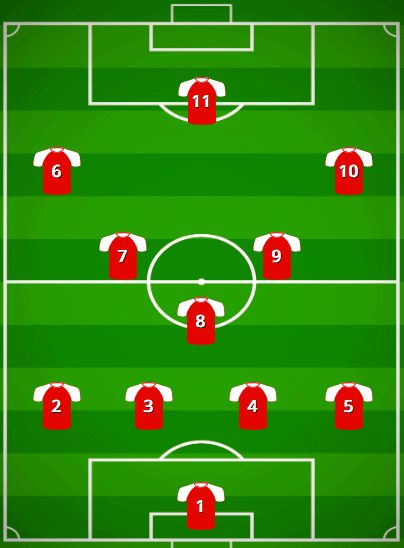
Made popular by Italy’s national team, the 4-3-3 with a triangular midfield is excellent for teams that have a lot of speed. The 4-3-3 with a triangular midfield is a great option for teams that have excellent central midfielders. Everyone else can fill the gaps.
These wingers are also required to be very talented when the formation changes. Although it is referred to as a 4-3-2-3, it can easily be transformed into a 4-5-1 for defense. Teams are left with a lot of ground covered and need to be able to move around.
This is the preferred formation for club teams. It allows seven players to attack the ball when they have control of it. While a lineup with a lot offensive power can work well, it is vulnerable to conceding goals. If the opponent makes a poor pass at the right time, they will have a great chance to counter-attack.
2. 4-3-2-1
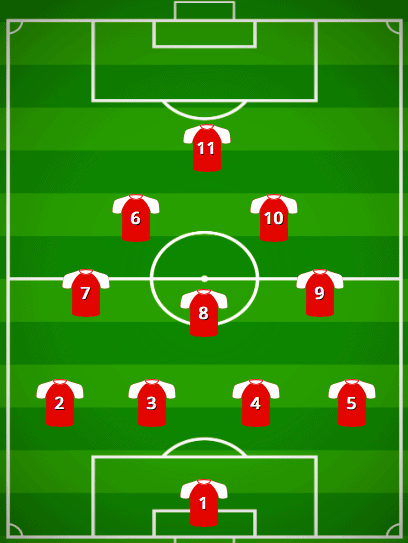
This narrow formation requires the playmaker to be the central middle midfielder. It is referred to as the “Christmas Tree formation” with the way it looks on paper, and it was a lot of pressure on fullbacks to help out in the wide areas.
Although this form is still used by a few teams, it is slowly losing popularity in the major leagues. Teams are looking for better options, which do almost the same thing.
This system has the best defensive advantage, with three central midfielders and two attacking middlefielders. Opponents have a hard time building any type of momentum with the ball, but it just doesn’t provide a ton of firepower with a lack of outstanding wingers. Although a team might not be as quick to score, precision passing is what will drive them crazy when they face this format.
3. 4-4-2
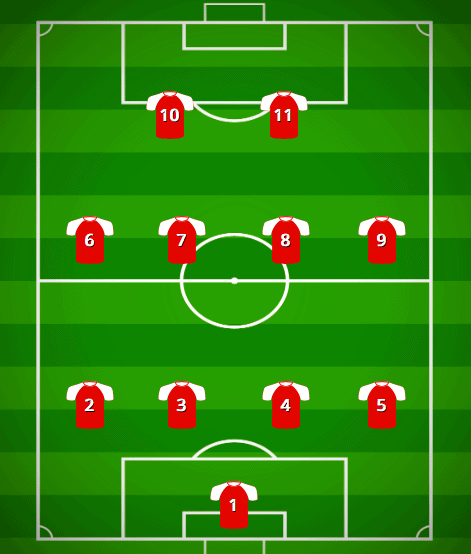
Anyone who loves watching the Bundesliga will be familiar with the 4-4-2. It is becoming a bit out of fashion but teams will still use it to balance things. If a team has the ball, and they can attack, they will be able to do so. It makes sense if they have to defend and draw back.
It is becoming less fashionable because traditional wingers are beginning to disappear. If a team doesn’t have someone there to count on, it is not going to work out.
This formation is used at a lot of different levels, and it’s pretty simple with both depth on the defensive end, and good attacking numbers. Each player has a clearly defined role which makes it easier to teach younger players.
Two outstanding strikers at the highest levels will make this difficult. Teams will usually have one big striker for power and crosses. A faster striker is used to do everything else.
4. 4-5-1

The 4-5-1 formation is great for defensive-minded teams. Most teams will require the two midfield wingers to remain back and only attack when they feel it is necessary. This then becomes a 4-3-3. However, most teams are cautious about this.
It might not make for exciting soccer, but it’s a formation that some teams will drop into to hold onto a lead, or fight for a draw. It’s not possible to strike a goal, so the midfield must play an offensive role.
This type of organization is only for disciplined teams. It is a mistake to try to freelance, especially when it comes to offense. You have some tactical flexibility when the ball is in possession, but the ball must be returned to its standard formation quickly to avoid any counters.
5. 3-5-2
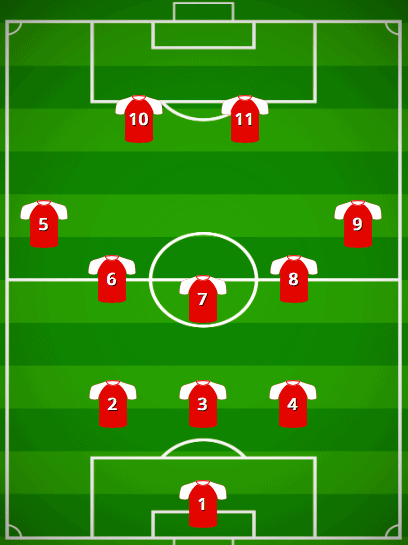
In the 1980s and 90s, 3-5-2 was quite popular. The 3-5-2 format was popularized by successful teams at times. It even experienced a slight revival over the past few years. It functions very similar to the 5-3-2 except that it uses three center backs as well as two wing-backs to attack.
The format allows teams to experiment with new ideas and keeps the opposition busy. This format is not perfect right away. Too many teams have tried the format, and then found themselves vulnerable because they don’t have everything under complete control. It’s easy to be dragged out of position, which no manager wants to see happen.
6. 3-4-3

If they want to play 3-4-3, teams need versatile midfielders. They should not only be able to attack, but can also defend. If they don’t, opposition could easily score goals and break through. It is not possible for every team to have midfielders who are capable of this level of defense.
Many teams will choose to use this option as an alternative to the main team’s formation. Maybe against certain matchups this works to slow down talented players, but it’s not always considered a long-term solution.
7. 5-3-2
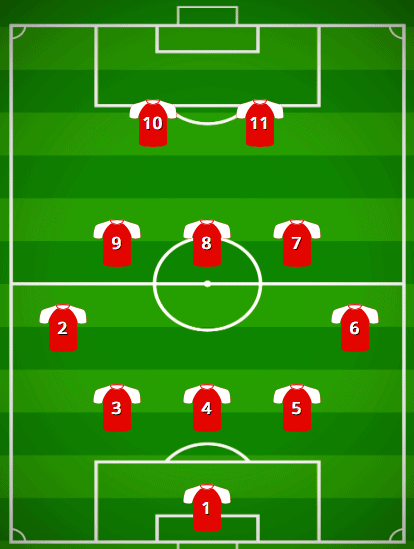
The formation almost always has one of the three central defenses as a sweeper. This will allow teams to read the other defenders and take advantage of certain opportunities. A team with talented wingbacks can make a formidable opposition force.
The majority of teams that end up using this don’t want to take a ton of risks, keeping things pretty tight in the back to prevent easy goals. While there are still opportunities to profit offensively, especially on counter, the matches will be very low scoring. It’s not a particularly exciting brand of soccer, but it can win matches.
8. 4-2-2-2
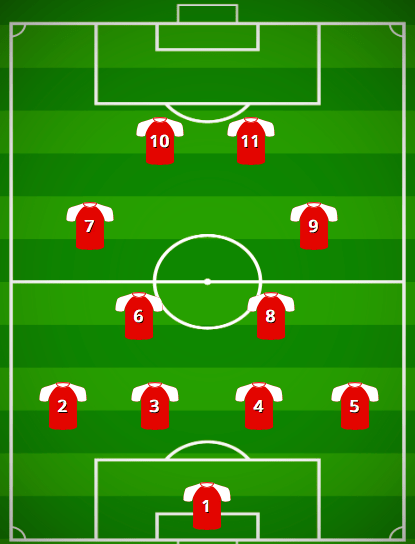
The Magic Rectangle is a common name. It was popularized by many teams in the 1980s. Two midfielders and two forwards are required to create the rectangle. This formation is very balanced and allows teams to be dynamic when they have the chance to score.
Fans may find it difficult to see all of the 4-2-2-2 formations because there are so many. Some will allow it to transform into a 3-4-6-3 on the attack while others will make it a 4-6-0. It really comes down to the individual players and their abilities.
9. 4-2-3-1
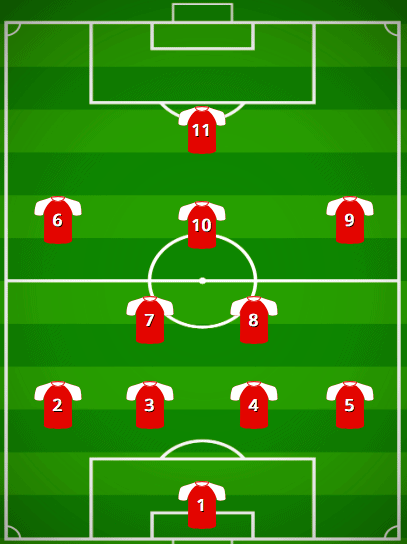
The 4-2-3-1 configuration is a common sight in all major leagues. Although it is most commonly referred to as a defensive formation, it can also allow teams to score when they need it. The fullbacks and wide players will be pushed to the attack by teams who are more aggressive.
The first goal of this formation is to control and stop opponent’s easy attacks. Even if there is only one striker, it is important to maintain control in the midfield. Teams have switched to this formation with different talents, and it is considered one of the best modern formations. This is a dangerous option, especially for fullbacks who can take on attacking roles.
What is the Best Soccer Formation?
First things first, it’s important to point out that there is no real best soccer formation. If there was, there wouldn’t be any reason to try other formations. There are many different ways you can play soccer, which creates different matchups.
Managers can adjust the formation to best suit their staff. Some prefer a more defensive style of play while others want to score more consistently.
This format has one constant: central midfielders must be top-level players. Even though the formation has been around for a while, it’s a prevalent option to this day.
Also, read:
